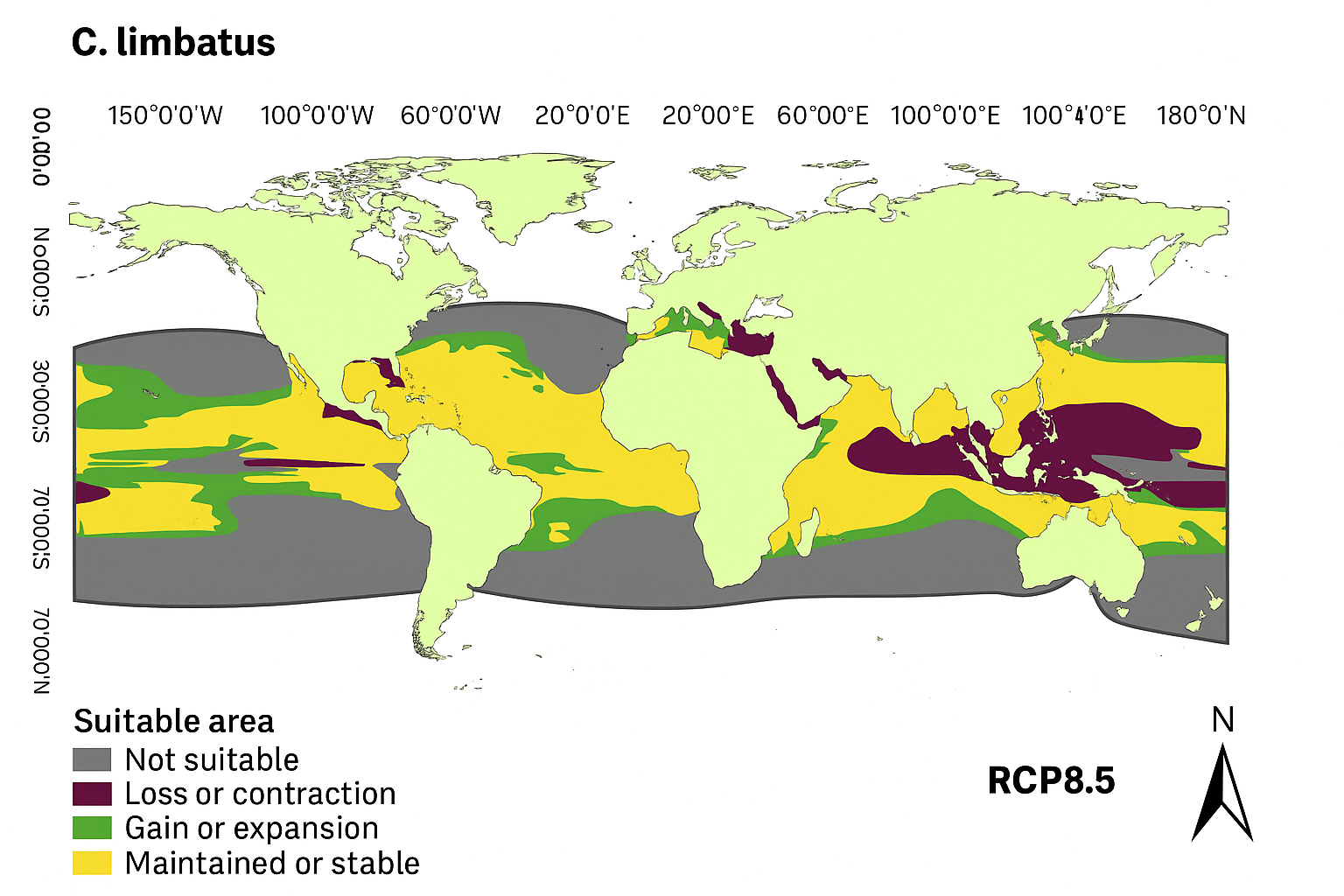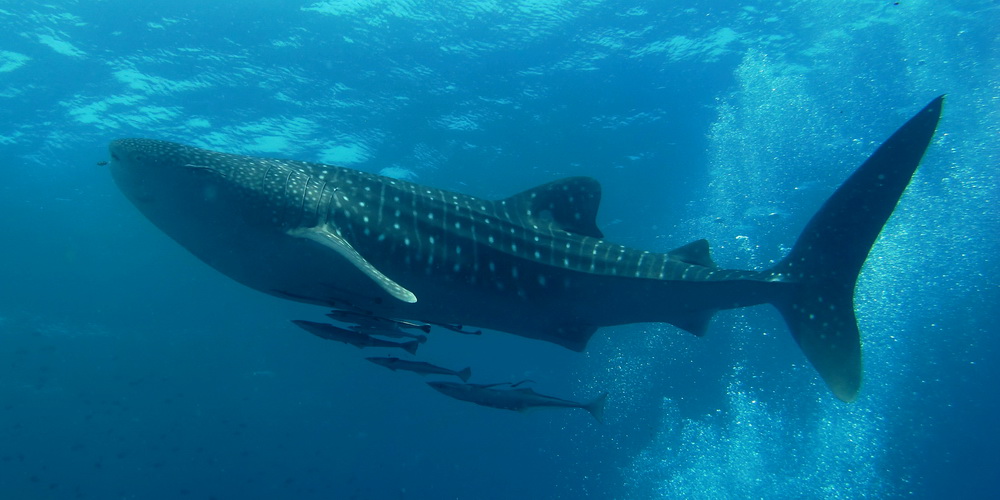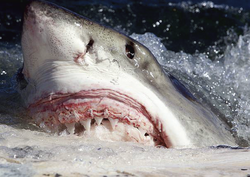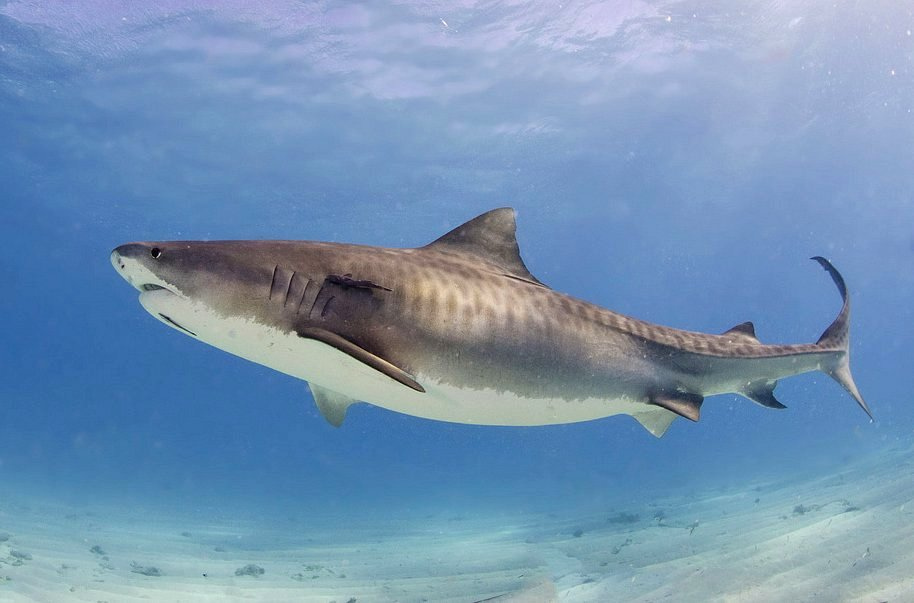
The image shows and compares the previous and new suitable areas for Blacktip sharks by the year 2050 under low and high GHG emission projections. The primary takeaway would be the purple in the image showing where the shark species would no longer be able to live, which is mostly in the middle, and the green in the image showing the new areas to which the sharks would be shifting, which is mostly along the outside edges of their usual area. Some species would be impacted more severely than others.
Researchers are conducting studies on the effects of ocean acidification and temperature increase on sharks. Shark populations are starting to diverge as the regions near the equator become too hot for them.


The main hypothesis is that sharks may be indirectly affected by climate change due to changes in their habitat and community. One of the methods that was used was the “Fulton Condition” which is a mathematical measure of an individual fish’s health equal to K = (weight/L^3) x 100. Under future ocean warming projections, embryo survival decreases significantly, and juvenile sharks are more lethargic with decreased metabolic and ventilatory abilities, which will affect growth and reproduction. Different sharks would have different responses to global climate change not only because of different body composition, but also because of varying behaviors and niches. Also, this could cause the allele frequencies in the species to change due to the more lethargic and less successful species reproducing less or not surviving the rapid changes. In addition, because there are intraspecific variations arising from genetic distinctions, local adaptations, or different phenotypic morphs, climate change will have major influences on stressing variation and pushing responses in future generations for the changing environment.

The changing temperatures can cause a decline in “kinematic performance, foraging efficiency, reproduction, as well as altered cognitive functions” (Gervais) which can differ based on local temperature for each population; populations in water that is already on the warmer side of their tolerance range will likely not survive. However, populations in water that is on the cooler side will likely be fine as the temperature rise moves to the other side of their tolerance curve. Scientists measured oxygen uptake rates (they chased the sharks for 3 minutes and then exposed them to air for 1 minute).
Oxygen uptake rates varied greatly between the sexes with male sharks exhibiting greater MO2max (maximum metabolic consumption rate) values. Because each population will have different responses due to their different conditions, with rapid changes in their environment, this may lead to speciation as some populations succeed and others do not, and each population will have frequencies favoring their most successful trait for their specific conditions.
Sympatric Speciation (image by Andrew Z. Colvin) occurs when there is an isolation that is not caused by a geographic boundary.
Another hypothesis is that different species of sharks would have different sensitivities to the rise in global ocean temperatures (Rosa). Most species shift their distribution, but not all, and for some sharks, the suitable area declined, but for some it increased. The species are expected to move away from the equator north and south. Many species will probably eventually evolve due to their populations having to move rapidly and them having to fill new niches. Also, those that cannot find new niches will probably go extinct because even though they are open ocean sharks, the prey they rely on would also be changing.